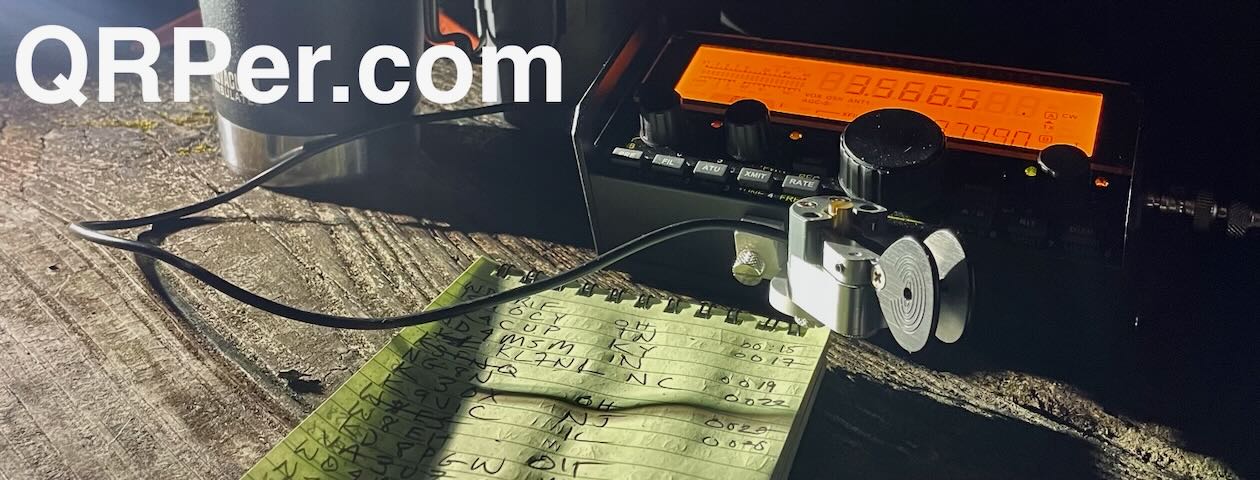 Many thanks to Rich (KQ9L) who writes:
Many thanks to Rich (KQ9L) who writes:
Hello Thomas,
I’ve attached couple pictures of V1.0 of my field clip board. I’ve been searching for the perfect clipboard to use in the field. The main requirements of the design include: lightweight, low cost and the flexibility to allow a comfortable operating position while securely holding a radio.
What I came up with is a based on an inexpensive fiber board clip board:
I chose to set it up somewhat unconventionally and designed it to use the clipboard “upside down”. Setting it up this way provided ample space at the top to mount the radio while still providing room to attach a metal pad mounting point for paddles.
The radio is held securely in place with craft 3mm elastic bands. The bands were made with metal “toggles” so I can easily add more holes to the clipboard to accommodate varying rigs.
The metal pad is just a stick-on metal plate purchased from Amazon. I plan to add a leg strap in the future and will do so once I’m sure no other major modifications need to me made.
I’m pretty happy with the way the clipboard came out and would appreciate any comments or suggestions!
Rich
KQ9L
This is brilliant, Rich! I love both how affordable this board is and how easy it is to build. Having the clip at the bottom of the board is a fantastic way to secure your logging notebook as well.
Thank you for sharing!




























